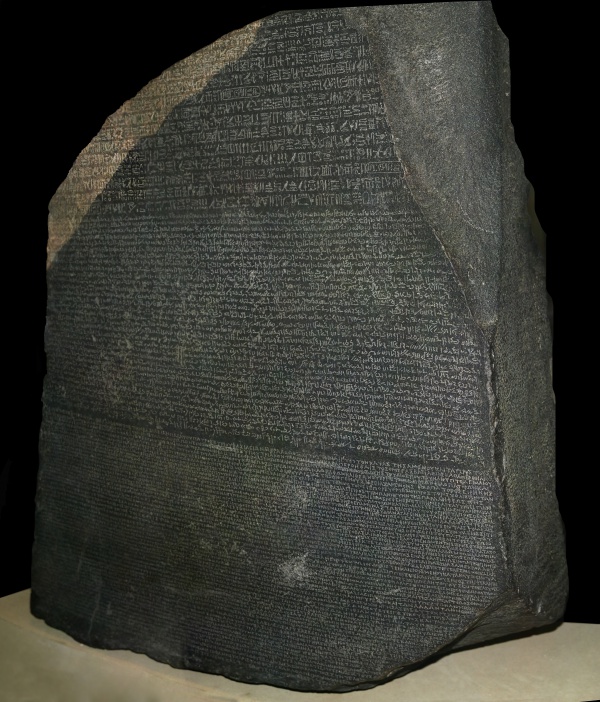Facts About Rosetta Stone
The Rosetta Stone is an immensely significant ancient artifact that unlocked the secrets of Egyptian hieroglyphs. This granodiorite stele, inscribed with a decree issued in 196 BC in Memphis, Egypt, during the Ptolemaic dynasty, was discovered by French officer Pierre-François Bouchard in 1799 during Napoleon's campaign in Egypt. By 1802, the stone had found its way to the British Museum, where it remains today.
What makes the Rosetta Stone so extraordinary are its inscriptions: the same decree written in three scripts—Ancient Egyptian hieroglyphs, Demotic script, and Ancient Greek. This allowed scholars to compare and decode the texts. A major breakthrough came in 1822 when Jean-François Champollion successfully transliterated the Egyptian scripts, significantly advancing our understanding of hieroglyphs.
The decree itself, issued after the coronation of King Ptolemy V, aimed to establish his divine cult during a time of political turmoil and external pressures on the Ptolemaic kingdom. Notably, this decree was initiated by the temples rather than the king, highlighting a shift in governance at the time.
Since its arrival at the British Museum, the Rosetta Stone has been one of the most visited artifacts. Although there have been calls for its return to Egypt, it remains a symbol of the modern understanding of ancient Egyptian civilization. The term "Rosetta Stone" has even become synonymous with a key to deciphering complex information and has inspired various translations, software, and scientific projects.

 Ireland
Ireland